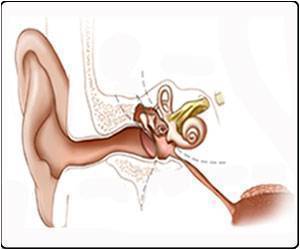Adults are more likely to engage in directed exploration, or exploration driven by information seeking, than teenagers are.

‘Adults are more likely to engage in "directed exploration," or exploration driven by information seeking, than teenagers are. At the same time, teens seem to be more comfortable with uncertainty overall.’





For example, we might, out of curiosity, choose a new menu item at our favorite restaurant. Other times, we like to exploit the information we already have, such as when we order our "usual," explains Wilson, the study's senior author and an assistant professor of psychology and cognitive science in the UA Department of Psychology. But the dilemma is a bit more complex than that. The current study differentiates between two distinct types of exploration: directed and random. An example of "directed exploration" might be going to Google or Wikipedia to get an answer to a specific question, while an example of "random exploration" might be clicking on random articles in Wikipedia without an end goal in mind, Wilson said. "There are two types of exploration, and people use both of them," Wilson said. "Directed exploration is really focused on finding information.
Random exploration is much less goal-driven, but it's an equally good way of exploring the world." In a study of 149 adolescents and young adults, ranging in age from 12 to 28, participants were asked to complete a computer-based "slot machine" task designed by Wilson to evaluate exploratory strategies.
Tasked with achieving the highest score possible, participants were shown two on-screen "slot machines" with varying levels of information about each machine's previous outputs and the number of chances they would be given to play -- either one or six. They then had to choose which machine to play. When given just one chance to play, adolescents and young adults similarly exploited the high-reward option, or the machine with the best track record of outputs, based on the information given.
However, when given six chances to play -- and shown one machine in which only one previous output was known and one machine in which three previous outputs were known and all were in a similar numerical range -- older participants were more likely than younger participants to play the machine with only one known output, in an effort to get more information about its performance.
Advertisement
Source-ANI









